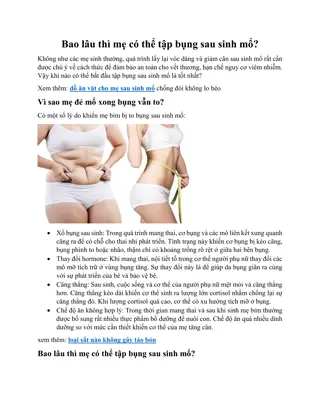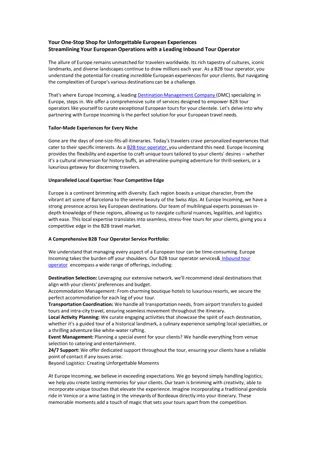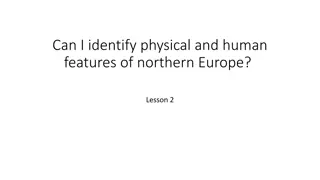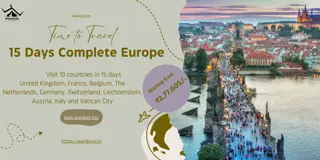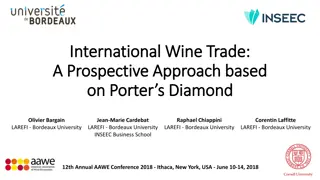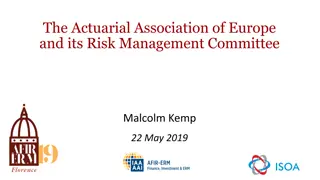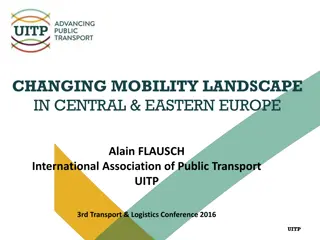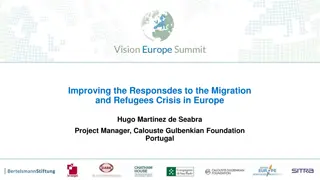Exploring the Vibrant World of Taiko in Europe
Delve into the evolving landscape of Taiko in Europe, where the traditional Japanese art form finds new expressions and meanings. From its role in education and community engagement to its significance as an art form, discover the diverse perspectives and motivations behind the growing interest in Taiko beyond its origins. Explore the cultural, social, and health-driven aspects that shape the future of Taiko in European contexts.
Download Presentation

Please find below an Image/Link to download the presentation.
The content on the website is provided AS IS for your information and personal use only. It may not be sold, licensed, or shared on other websites without obtaining consent from the author.If you encounter any issues during the download, it is possible that the publisher has removed the file from their server.
You are allowed to download the files provided on this website for personal or commercial use, subject to the condition that they are used lawfully. All files are the property of their respective owners.
The content on the website is provided AS IS for your information and personal use only. It may not be sold, licensed, or shared on other websites without obtaining consent from the author.
E N D
Presentation Transcript
Thoughts on the Future of Taiko in Europe
1. Taiko in Education 2. Taiko in the Community 3. Taiko as Art
Taiko means wildly different things in different communities of practice. Kate Walker, 2021
There is no such thing as Japanese taiko there is only taiko played in Japan, or taiko played by Japanese people.
There is no such thing as European taiko.
Why People Outside Japan Play Taiko 1. Culture / Heritage 2. The Musical Journey 3. Holistic Benefits / Community Jennifer Uyeda, 2000
Player Survey for 1st European Taiko Conference 1. Culture / Heritage Interest in Japan/Asia 2. The Musical Journey Music/sound-making Performing Musical Development Audience Engagement 3. Holistic Benefits / Community Health Benefits Social Element Personal Development Community Fun Breadth of taiko 0 5 10 15 20 25 30 Kate Walker, 2016
Why most ETC survey participants play taiko: its use of the body and health benefits its social nature and to make music Kate Walker, 2016
Why most ETC survey participants play taiko: its use of the body and health benefits its social nature and to make music These are the foundations on which taiko in Europe is being built
1. Taiko in Education 2.Taiko in the Community 3. Taiko as Art
1. Members of the public see a local taiko group perform
1. Members of the public see a local taiko group perform 2. They sign up for local taiko workshops and courses
1. Members of the public see a local taiko group perform 3. Some go on to join the group and perform 2. They sign up for local taiko workshops and courses
Three Problems with Imported Taiko 1. The Tethered Cat http://users.rider.edu/~suler/zenstory/ritualcat.html
Three Problems with Imported Taiko 1. The Tethered Cat Taiko is an invented tradition. Kate Walker, 2021
Three Problems with Imported Taiko 1. The Tethered Cat 2. Echoing Others
Three Problems with Imported Taiko 1. The Tethered Cat 2. Echoing Others rather than adding to the conversation Shoji Kameda
Three Problems with Imported Taiko 1. The Tethered Cat 2. Echoing Others rather than adding to the conversation Shoji Kameda Find your own voice 4th European Taiko Conference
Three Problems with Imported Taiko 1. The Tethered Cat 2. Echoing Others rather than adding to the conversation Shoji Kameda Find your own voice 4th European Taiko Conference Please create your own taiko (like we did) Seido Kobayashi
Three Problems with Imported Taiko 1. The Tethered Cat 2. Echoing Others 3. Succession when group/school is dependent on non-local cultural knowledge, what happens when the original leader moves on?
Importing Principles Principles sit with the holistic and community aspects of taiko
1.Taiko in Education 2. Taiko in the Community 3. Taiko as Art
UK Primary School Year 1: 5-6 Year 2: 6-7 Year 3: 7-8 Year 4: 8-9 Year 5: 9-10 Year 6: 10-11
Devon County Music Service 6 sets of 15 taiko drums Free to schools for 1 term 18 schools per year get taiko New children every year >1000 UK Primary School Year 1: 5-6 Year 2: 6-7 Year 3: 7-8 Year 4: 8-9 Year 5: 9-10 Year 6: 10-11
Devon County Music Service 6 sets of 15 taiko drums Free to schools for 1 term 18 schools per year get taiko New children every year >1000 UK Primary School Year 1: 5-6 Year 2: 6-7 Year 3: 7-8 Year 4: 8-9 Year 5: 9-10 Year 6: 10-11 Teachers Principles first and foremost Books and online videos available Classes from TSW Simple things done well
1. Taiko in Education 2. Taiko in the Community 3.Taiko as Art
Taiko as Art Focus on what we are saying - creating / composing And on our audience
Challenges for Taiko Art in Europe Dispensing with the Tethered Cats
Challenges for Taiko Art in Europe Dispensing with the Tethered Cats Dearth of youth taiko programmes
Challenges for Taiko Art in Europe Dispensing with the Tethered Cats Dearth of youth taiko programmes Absence of lite taiko training
Challenges for Taiko Art in Europe Dispensing with the Tethered Cats Dearth of youth taiko programmes Absence of lite taiko training But humans have a genius for invention
Thoughts on the Future of Taiko in Europe 1. Taiko in Education 2. Taiko in the Community 3. Taiko as Art
Thoughts on the Future of Taiko in Europe 1. Taiko in Education 2. Taiko in the Community 3. Taiko as Art The art is in simply doing it playing taiko with other people
I am in love with taiko. No two ensembles are alike in style nor technique, attitude nor approach, age nor size. And yet, underneath their musical and stylistic diversity lies a deeper realm in which there are no distinctions at all. Rather, there is a primitive desire to translate the emotional fact of being alive into sound and rhythm, and an organic compulsion to communicate and connect with others. Jennifer Uyeda, 2000




















